Application field impact -material
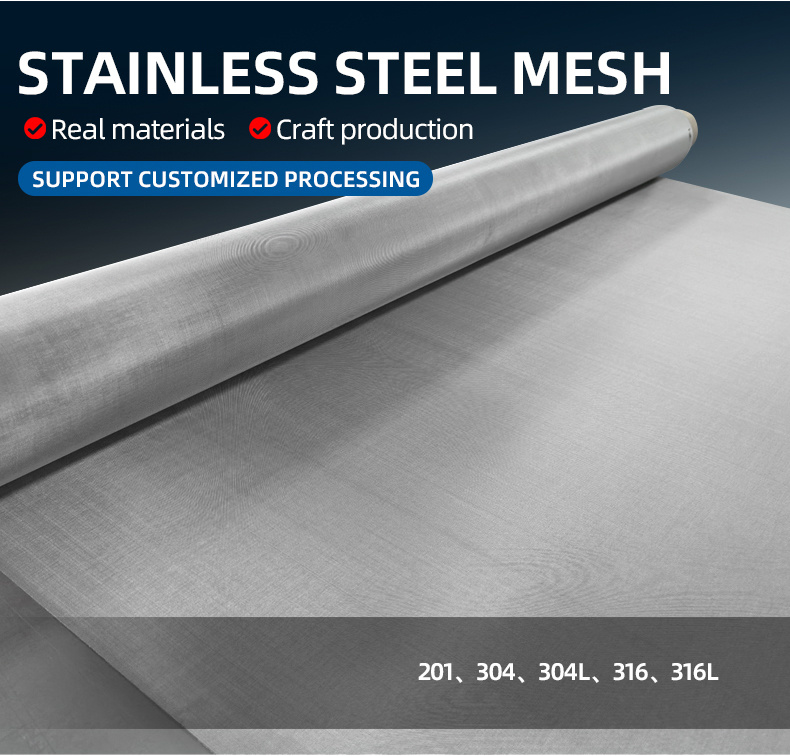 1. Corrosion resistance: The material determines the "safe lower limit" of the wire diameter
1. Corrosion resistance: The material determines the "safe lower limit" of the wire diameter
-316L stainless steel:
-Features: Contains molybdenum (Mo) element, with acid and alkali resistance better than 304, suitable for high corrosion environments such as food, medicine, and chemical industry.
-Wire diameter selection:
-Fine wire diameter (0.05-0.2mm): can be used for high-precision filtration (such as syrup, injection), due to strong corrosion resistance, the fine wire diameter is not easily corroded and broken.
-Case: The wire diameter of 316L mesh in the food industry is usually 0.1mm (corresponding to 100 mesh), while 304 mesh with the same mesh size may require a wire diameter of 0.14mm to compensate for insufficient corrosion resistance.
-304 stainless steel:
-Characteristics: Strong universality, resistant to weak corrosion (such as water and air), but prone to rusting in strong acid environments.
-Wire diameter selection:
-Medium to coarse wire diameter (0.3-1mm): Used in non corrosive scenarios such as mining and construction, it is necessary to increase the wire diameter to improve strength.
-Case: The wire diameter of 304 vibrating screen used in mining can reach 1.5mm, while the wire diameter of 316L screen with the same load can be reduced to 1.2mm.- 2. Mechanical properties: The material strength determines the "load upper limit" of the wire diameter
-310S stainless steel:
-Features: Contains 25% Cr and 20% Ni, with high temperature resistance up to 1150 ℃, but low tensile strength (about 520MPa).
-Wire diameter selection:
-Coarse wire diameter (0.8-3mm): The wire diameter needs to be increased in high temperature environments to prevent softening and deformation. For example, the wire diameter of 310S high-temperature screen mesh in the metallurgical industry is usually ≥ 1mm.
-201 stainless steel:
-Features: High manganese content, low cost but poor corrosion resistance, high tensile strength (about 630MPa).
-Wire diameter selection:
-Medium wire diameter (0.5-1mm): Used for low load, non corrosive scenarios (such as decorative nets), utilizing its high strength to reduce wire diameter. - 3. High temperature resistance: The minimum wire diameter is limited by the softening point of the material
-304 stainless steel:
-Temperature resistance limit of 800 ℃: The strength decreases at high temperatures, and the wire diameter needs to be increased. For example, the wire diameter of 304 mesh used in boilers should be ≥ 0.8mm, while 0.5mm can be used at room temperature.
-310S stainless steel:
-Temperature resistance upper limit of 1150 ℃: maintains a certain strength at high temperatures, and the wire diameter can be 20% thinner than 304 under the same load.
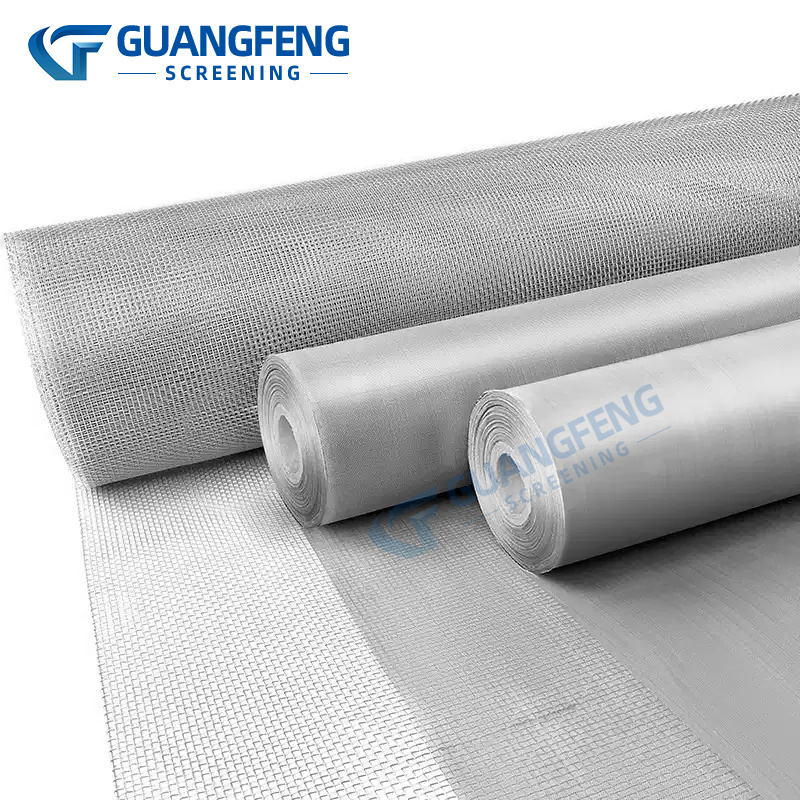
Screen display

Screen display

Screen display
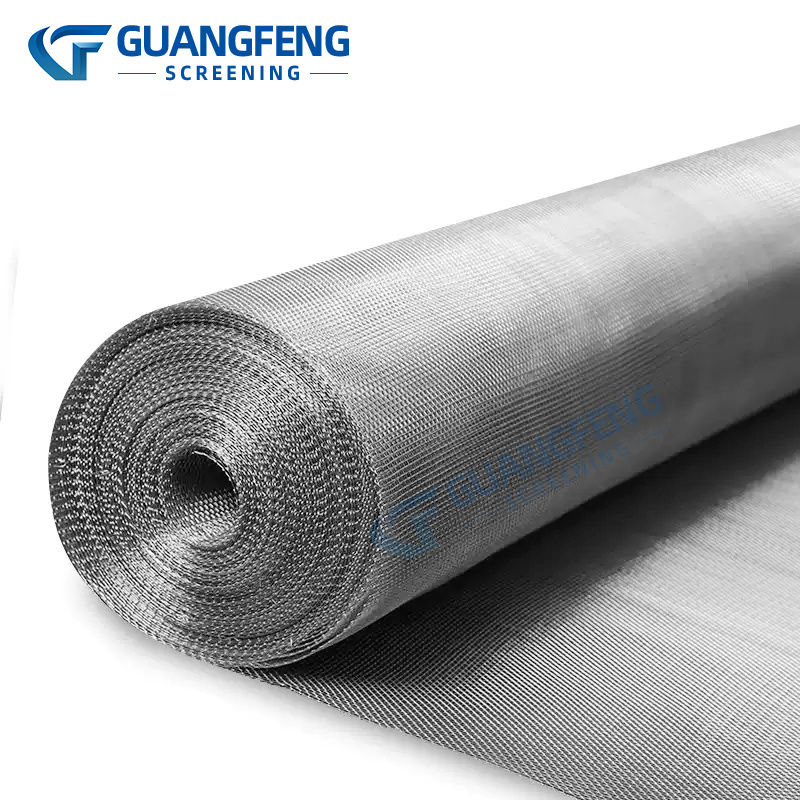
Screen display
- 1. General standard: Matching of wire diameter and mesh size
- GB/T 5330-2003:
-Specify the range of wire diameters for different mesh sizes, but do not differentiate between materials. For example:
-100 mesh plain weave sieve: The wire diameter is usually 0.10-0.14mm (both 304 and 316L can be used).
-Practical application: 316L can choose 0.10mm due to its corrosion resistance, while 304 may require 0.14mm to avoid strength degradation caused by corrosion.
- ASTM E11:
-In the American standard, the wire diameter of a 40 mesh sieve is 0.425mm (commonly used for 304 and 316L), but 316L can be appropriately reduced in high humidity environments. - 2. Industry standard: Indirect constraint between material and wire diameter
-Food industry (FDA certification):
-Require the use of 316L stainless steel, with a wire diameter that meets the filtration accuracy (e.g. 0.053mm aperture corresponds to 0.1mm wire diameter).
-Pharmaceutical industry (GMP standards):
-The wire diameter error of 316L sieve should be ≤± 2%, and the surface roughness Ra should be ≤ 0.8 μ m to ensure sterile filtration.
-High temperature industries (such as metallurgy):
-The wire diameter of 310S sieve should be ≥ 0.8mm (refer to the recommended value for high temperature sieve in GB/T 5330-2003).
| material | Common wire diameter range | Core application scenarios | Wire diameter selection logic |
|---|---|---|---|
| 304 | 0.3-1.5mm | Mining, construction, and machinery protection | Medium coarse wire diameter enhances impact resistance and compensates for insufficient corrosion resistance |
| 316 | L0.05-0.8mm | Food, medicine, chemical industry | Fine wire diameter achieves high-precision filtration, relying on corrosion resistance |
| 310s | 0.8-3mm | Metallurgy, boilers, and high-temperature gas filtration | Thick wire diameter resistant to high temperature softening |
| 201 | 0.5-1mm | Decorative net, temporary protective net | Using high strength to reduce wire diameter, sacrificing corrosion resistance |
- Case 1: Acidic liquid filtration in the chemical industry
-Requirement: Filter sulfuric acid solution with pH=2 and particle size of 50 μ m.
-Plan:
-Material: 316L (strong acid resistant).
-Wire diameter: 0.15mm (corresponding to 100 mesh, aperture 0.154mm).
-Comparison: If using 304 stainless steel, the wire diameter needs to be increased to 0.2mm to prevent corrosion and fracture, but it will reduce the filtration efficiency. - Case 2: High temperature metallurgical screening
-Requirement: Sieve ore particles at 800 ℃ with a particle size of 2-5mm.
-Plan:
-Material: 310S (resistant to high temperatures up to 800 ℃).
-Wire diameter: 1.2mm (refer to GB/T 5330-2003 recommended values for high temperature sieves).
-Comparison: If using 304 stainless steel, the wire diameter needs to be increased to 1.5mm to prevent high-temperature softening.
- 1. Standard framework: Industry standards (such as GB/T 5330-2003) unify the relationship between wire diameter and mesh size, but material characteristics indirectly affect wire diameter selection through mechanical properties and environmental resistance.
-
2. Key parameters:
-Corrosion resistance: determines the "safe lower limit" of wire diameter (e.g. 316L can use finer wire diameters).
-Tensile strength: The "upper limit of load" that determines the wire diameter (such as 304 requiring a thicker wire diameter to withstand the same load).
-High temperature resistance: Limit the minimum wire diameter (such as 310S requiring thicker wire diameter at high temperatures).
- 3. Industry adaptation: Specific industries (such as food and medicine) indirectly constrain wire diameter through material certification (such as FDA, GMP), while universal standards still dominate the matching of wire diameter and mesh size.
-
Suggestion: When selecting a sieve, it is necessary to consider the material characteristics, industry standards, and application environment, and verify the rationality of the wire diameter through mechanical calculations (such as tensile strength and corrosion resistance). If necessary, refer to the material wire diameter comparison table provided by the manufacturer.
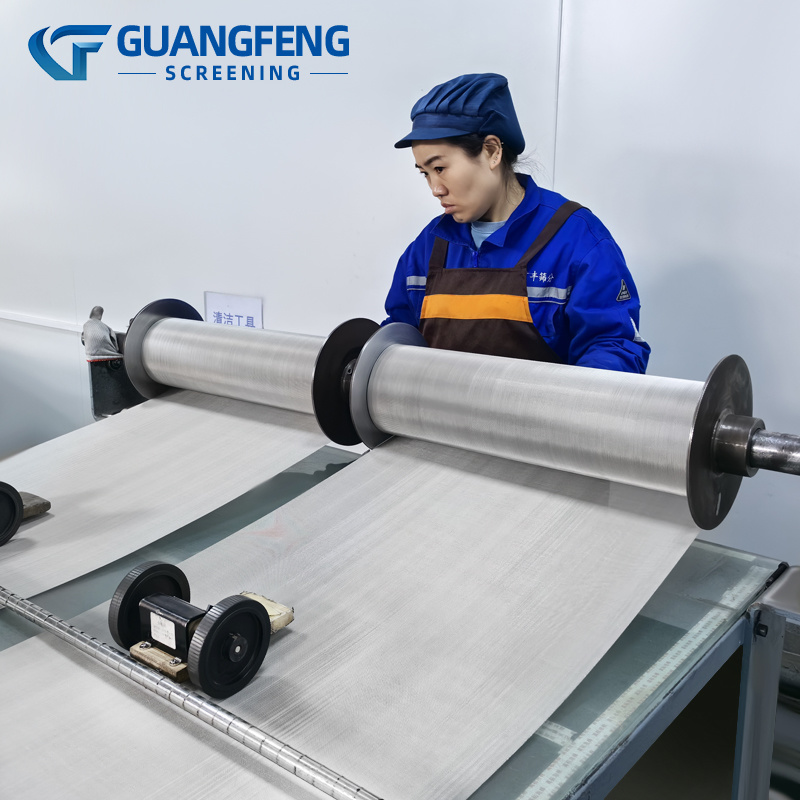
Inspection process
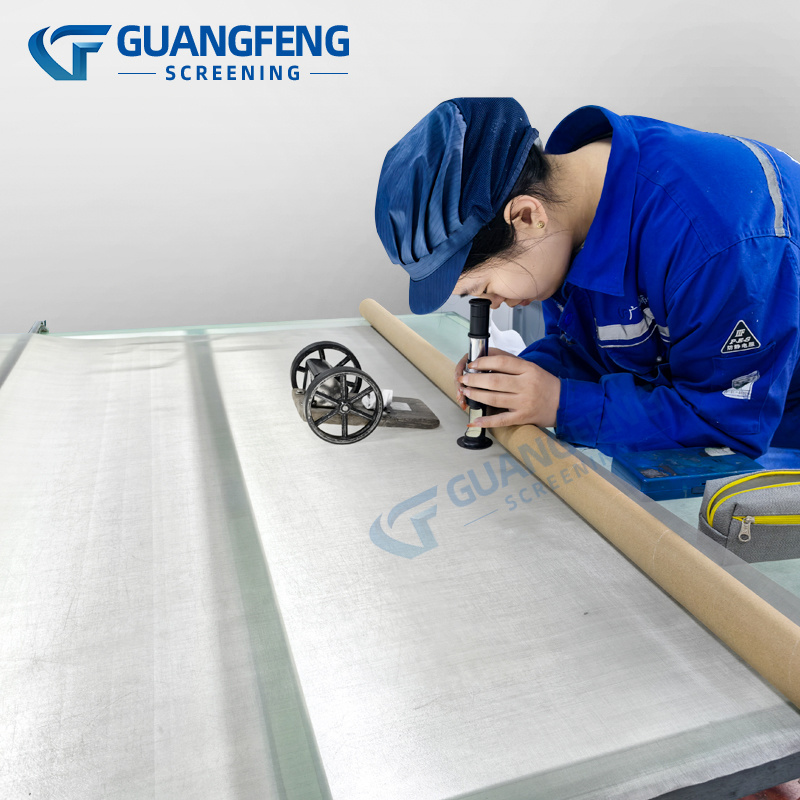
Inspection process
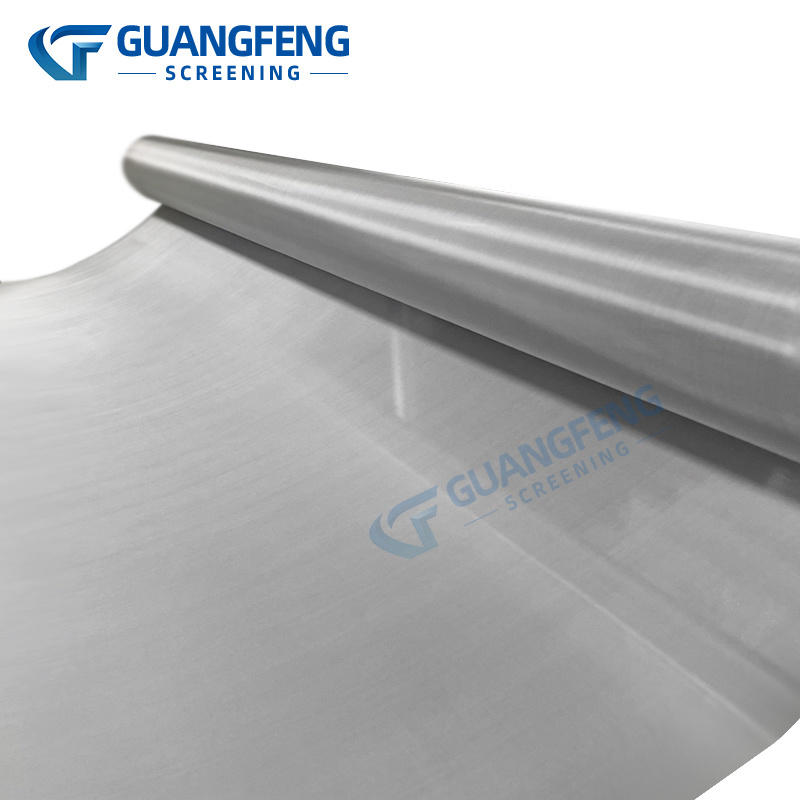
Inspection process

Inspection process







